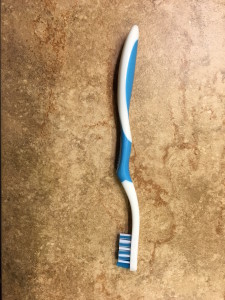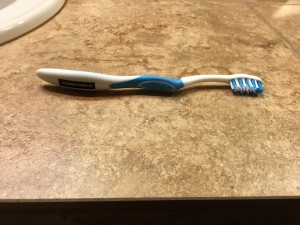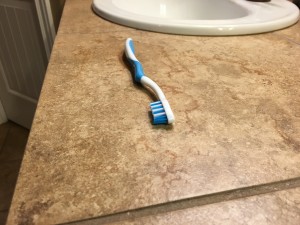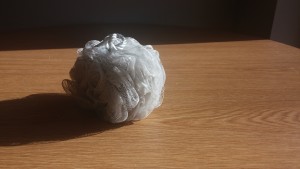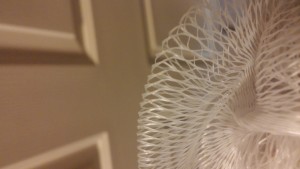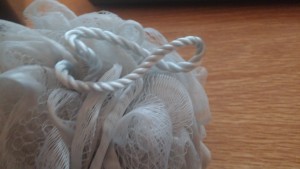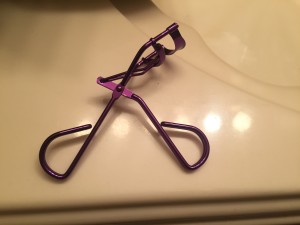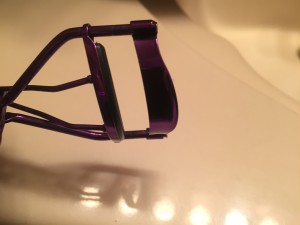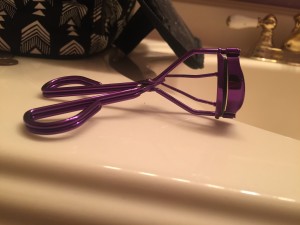Prownian Analysis
Step 1: Description
The object is approximately eight inches long with white and light blue bristles at one end. It is primarily white with varying patches of blue. There are the words Delta Dental displayed on a black background. It has varying widths There are raised bumps in the middle and on the bottom. The bottom is lines instead of bumps, but looks to be made of the same material. And the material of the blue color seems to differ from the shiny material of the white sections. The bristles are all white in the middle and surrounding that switch off from groups of blue and white.
Step 2: Deduction
The object can be picked up and held within one hand and the raised bumps are silicone material, aiding in the gripping of the object so it can be deduced that the object is meant to be gripped when in use. The bristles can be used to create friction and are rather great at scrubbing, they are stiff bristles and they remain stiff even after friction is applied, meaning that it could be used to clean or scrub to clean.
Step 3: Speculation
The object is potentially used to clean, drawn from the bristles. The object could be used to clean something on a human because of the easy, maneuverable size. The toothbrush may be issued from a dental office, since it has a specific insignia on the end of it.
Questions:
What is it specifically designed to clean? Why is it shaped in the odd and differing widths? Does color have any effect on the way that it works?
Stringer, Kate. “Material Cultures,” WordPress.com. Accessed January 21, 2016, doi: https://katiestringer.files.wordpress.com/2012/02/matcult2prown.pdf.
Stringer did an analysis upon the Prown Method. Stringer explained how it applies to art and specifically art at Yale.
Thayer, Alexander. “Material Culture Analysis and Technical Communication: The Artifact Approach to Evaluating Documentation Interface,” IEEEXplore. Accessed January 21, 2016, doi: http://ieeexplore.ieee.org.libproxy.boisestate.edu/stamp/stamp.jsp?tp=&arnumber=1303811.
Thayer writes a compelling article on the documenting of artifacts which is quite important since artifacts are quite important to museums. Thayer expands on Prown’s methods even further on the specific instance of its use with artifacts and their documentation.
